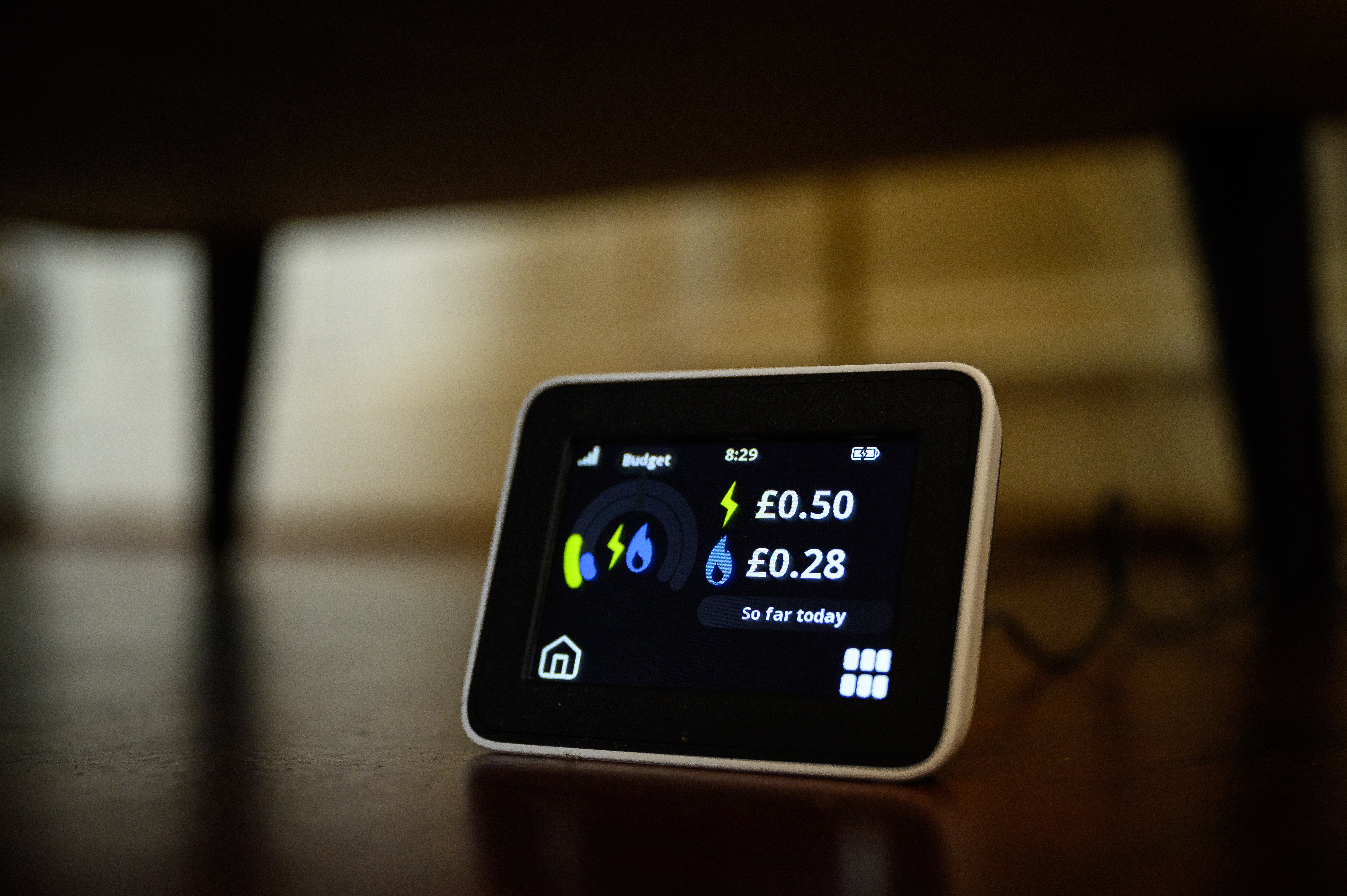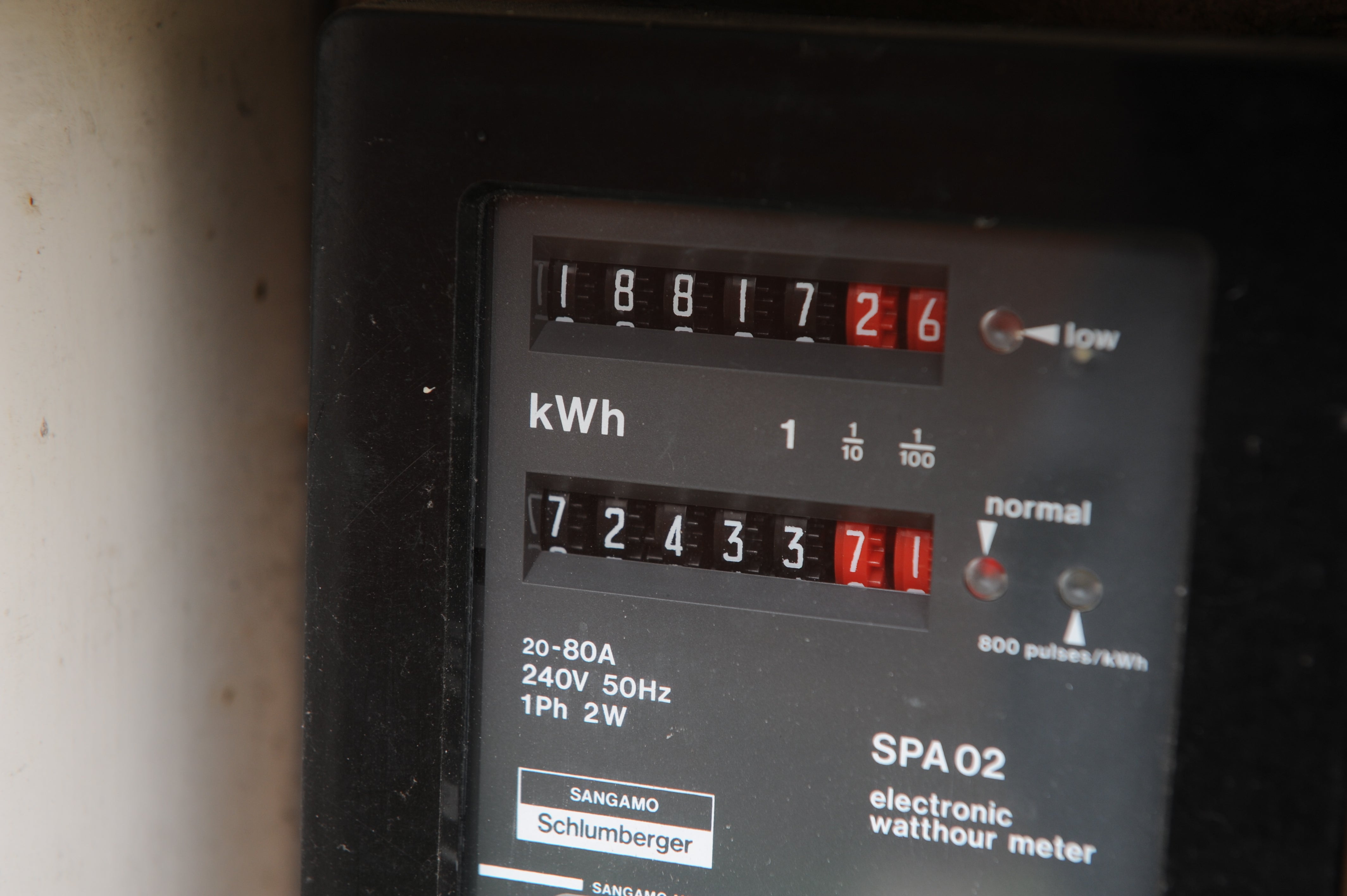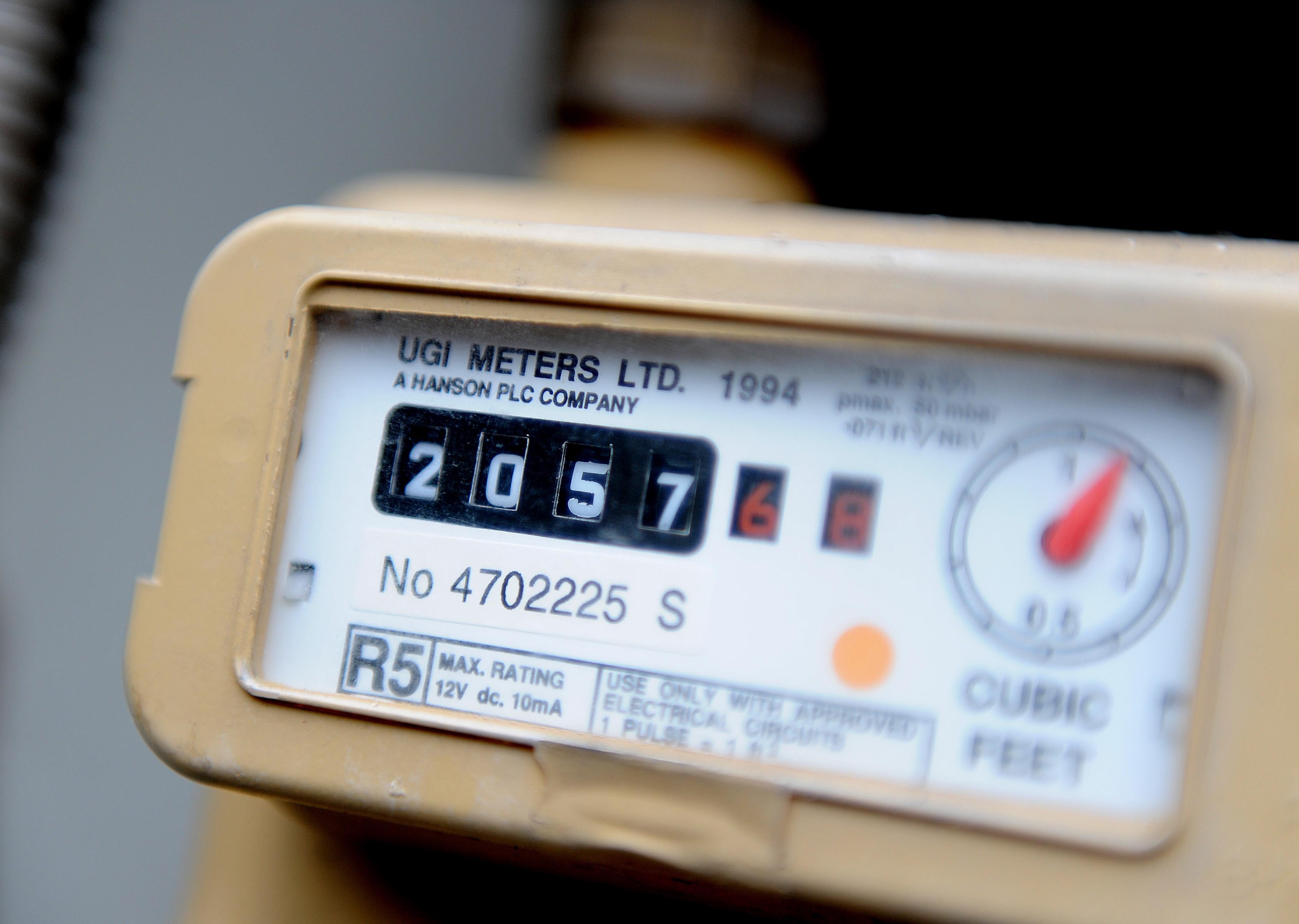
As of Friday 1 April, the UK energy price cap soars by 54 per cent, raising the maximum amount suppliers can charge average customers and paving the way for household energy bills to climb from £1,277 a year to almost £2,000.
A response to rises in wholesale global gas prices, the cap will be reviewed again by the regulator Ofgem in October and is tipped to increase even further, a disaster for many low-income families.
The April Fool’s Day increase means that an estimated 22m homes will be forced to shell out a further £693 per year on energy bills this year – which, for 5m, will account for a tenth of their domestic budget – as the largest price hike since records began coincides with inflation driving up the cost of everyday items like food, clothing and fuel while national insurance contributions and mortgage repayment rates are going up too.
Chancellor Rishi Sunak has been placed under intense pressure to do more to address the burgeoning cost of living crisis in the wake of his Spring Statement, having so far made only an aid package worth £350 available to help the struggling with their energy bills.
On Thursday, the websites of a number of utility companies, including British Gas, E.ON, EDF, Scottish Power and SSE, all crashed in response to high demand as their customers raced to submit electricity and gas meter readings to ensure they would be accurately billed and not charged over the odds based on estimates before the price jump came into effect.
E.ON attempted to make light of the panic in a tweet blaming TV money saving expert Martin Lewis for “once again [creating] unprecedented demand bringing down Britain”, an ill-judged joke given its target’s popularity and the very real sense of concern many feel about the imminent hardship coming their way.
Those technical issues appear now to have been resolved and more time granted so if you are still planning to submit updated meter readings to your energy provider, Citizens Advice offers the following guidance on how to go about it, depending on what type of meters you have installed in your home.
Smart meters
These more technologically-advanced models do not require you to manually submit readings online as they liaise automatically with your supplier to report back accurate data.

Properties supplied with smart meters also usually have an “in-home display” so that you can monitor domestic power usage yourself in real-time and adjust the thermostat accordingly.
Electricity meters
Single rate digital meter
These models typically feature a sequence of five numbers in black or white followed by a sixth in red e.g. 75085 1.
When submitting your result via your supplier’s website, you just need to quote the first five-figure sequence and can ignore the lone red number at the end.
Two rate digital meter
If you are on a tariff that gives you cheaper rates at certain times, your meter will look similar to the one described above but have two rows of numbers, not just one.
The top tier, typically labelled “low” or “night”, shows how many units of cheaper electricity you have used.
The lower, labelled “normal” or “day”, displays how many units of standard-priced electricity you have used.

As with single rate meters, you only need to submit the two five-figure sequences, again ignoring the lone digits in red at the end.
Two rate single display meter
These models record the same information as the two rate meters but only have one panel on which to present the results.
That means they will either cycle automatically between the cheaper and standard-price figures, labelled something like “Rate 1” and “Rate 2”, or offer a button you can press to manually flick between the two.
You submit your results via your supplier’s website in the same manner as in the above cases.
Dial meter
Older dial models present you with five individual needle-dials running from 0-9 instead of a digital display, typically alternating between clockwise and anti-clockwise faces.
You need to record the number the needle is pointing to on each of the five faces, reading from left to right, in order to determine the five-figure sequence to submit.
If one of the needles is between two digits, write down the lower of the two.
Gas meters
Digital metric meter
These models will again offer an electronic display showing five numbers, which this time will be followed by a decimal point and another three figures, the latter often fainter in colour.
As with the earlier examples, you simply submit the first five numbers, ignoring what follows.
Digital imperial meter
This format is slightly different, offering a sequence of four numbers in black or white and, this time, two at the end in red.

Again, ignore the concluding pair and just submit the sequence of four.
Dial meter
These are the same as their counterparts for measuring electricity, only this time there will be just four clock faces instead of five, again running from 0-9 and alternating between clockwise and anti-clockwise.
As before, you simply write down the figures indicated from left to right to give the four-digit reading for submission.
For further advice on how to read your meter and report its latest reading, it is best to contact your energy provider directly or check their website, which should have tailored information on the exact model you have in your home.







